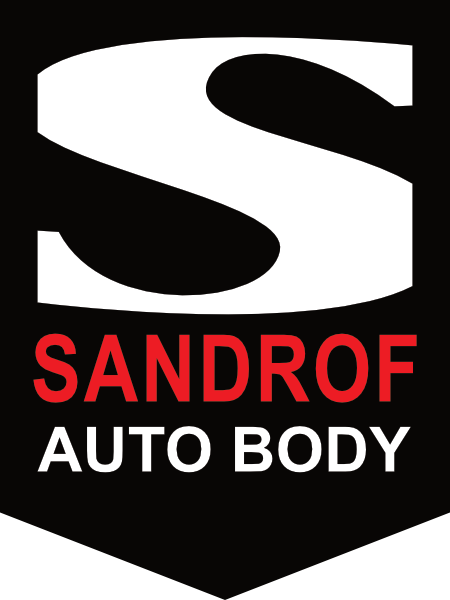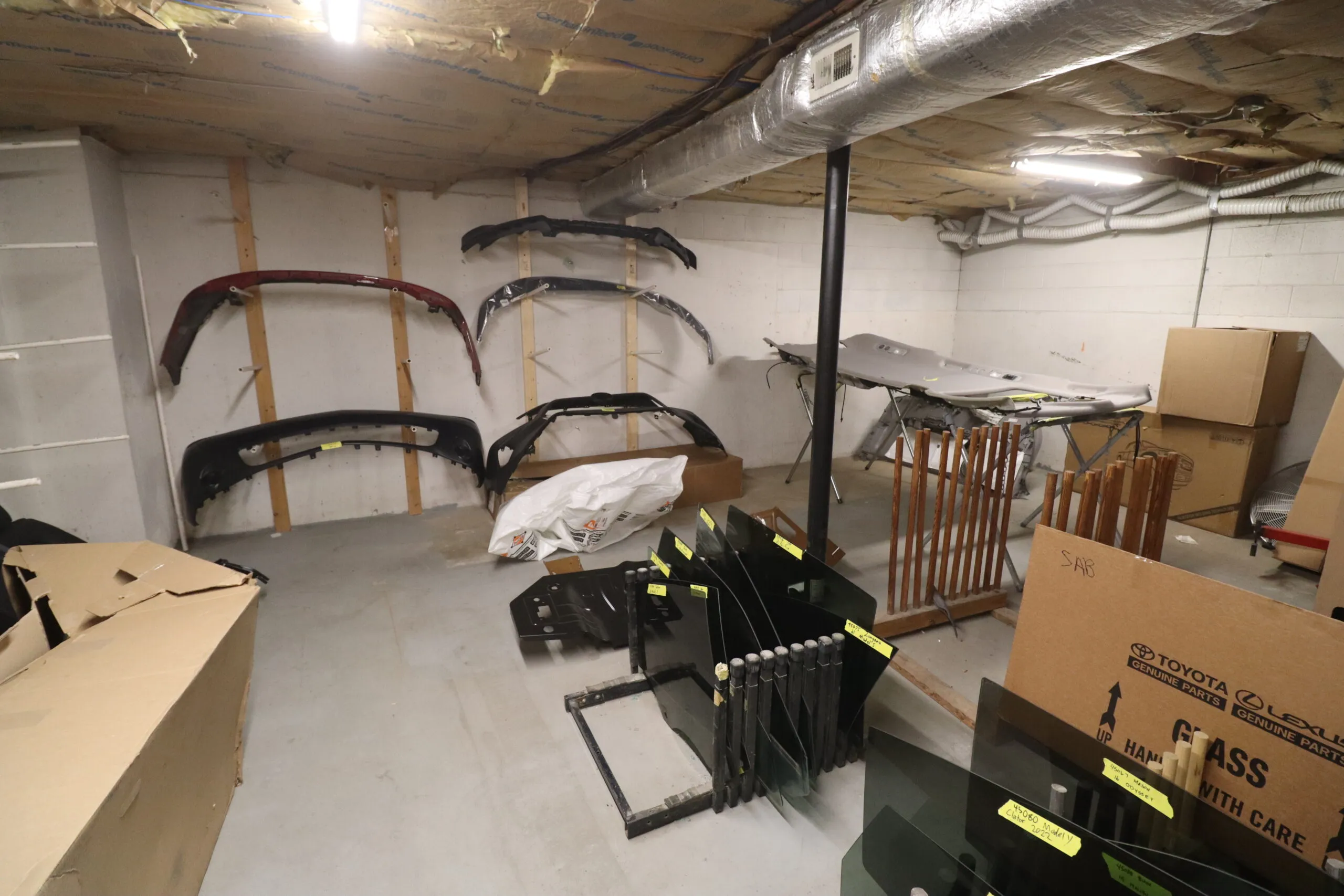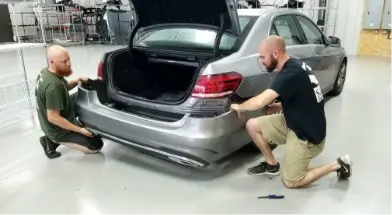Your Step-by-Step Guide of what to do after a car accident
A car accident can be a stressful and overwhelming experience. Knowing what steps to take immediately afterward can help you stay safe, protect your rights, and ensure a smoother process with your insurance claim. Here’s a comprehensive guide, complete with a checklist, to help you navigate the aftermath of a car accident.
Step 1: Ensure Safety First
Your safety and the safety of others involved should be your top priority.
- Move to Safety: If possible, pull over to a safe location, away from traffic. Turn on hazard lights to alert other drivers.
- Check for Injuries: Assess yourself and others for injuries. Call 911 if there are any injuries or significant property damage.
- Stay Calm: Avoid confrontations and keep a clear head to handle the situation effectively.
STEP 2: DOCUMENT THE SCENE
Gathering detailed information is crucial for your insurance claim and any potential legal action.
- Exchange Information: Collect names, phone numbers, addresses, insurance details, and license plate numbers from all parties involved.
- Take Photos: Capture images of all vehicles, damage, the accident scene, and any visible injuries.
- Note the Details: Write down the time, date, weather conditions, and any relevant road or traffic signals.
- Look for Witnesses: If bystanders saw the accident, ask for their contact information in case their statements are needed later.
Step 3: File a Police Report
Even for minor accidents, it’s a good idea to contact the police and file a report. This report serves as an official record and can be critical for insurance purposes.
- Provide Honest Information: Share accurate details about what happened, but avoid admitting fault or making speculative statements.
- Request a Copy: Obtain a copy of the police report or the report number for reference.
Step 4: Contact Your Insurance Company
Notify your insurance provider as soon as possible to begin the claims process.
- Provide the Facts: Share the information you gathered, including photos and witness details.
- Understand Your Coverage: Clarify your policy details, such as deductibles and rental car coverage.
- Stay Organized: Keep records of all communication with your insurance company.
Step 5: Seek Repairs with a Trusted Auto Body Shop
Choosing the right repair shop is essential for restoring your car to its pre-accident condition.
- Research Options: Look for reputable, licensed, and certified repair shops like Sandrof Auto Body.
- Get an Estimate: Request a detailed estimate for repairs and confirm whether the shop works with your insurance company.
- Check Warranties: Ask about warranties on parts and labor to ensure peace of mind after the repairs.
Step 6: Monitor Your Health
Some injuries may not be immediately apparent. Follow up with a doctor if you experience any symptoms in the days following the accident.
- Keep Medical Records: Maintain all documentation related to medical visits and treatments.
- Consider Physical Therapy: If recommended, physical therapy can help with recovery from accident-related injuries.
Checklist for Handling the Aftermath of an Accident
- Ensure safety and move vehicles out of traffic, if possible.
- Call 911 for injuries or significant damage.
- Exchange information with the other driver(s).
- Take photos of the scene, vehicles, and injuries.
- Gather witness contact details.
- File a police report and request a copy.
- Notify your insurance company promptly.
- Choose a reputable auto body shop like Sandrof Auto Body.
- Follow up on any medical concerns.
- Keep organized records of all documents and communications.
By staying calm and following these steps, you can handle the aftermath of a car accident with confidence. At Sandrof Auto Body, we’re here to support you every step of the way, from offering expert repair services to assisting with insurance claims. Contact us today for quality, hassle-free repairs you can trust!
Disclaimer: This article is for informational purposes only and does not constitute legal advice.




